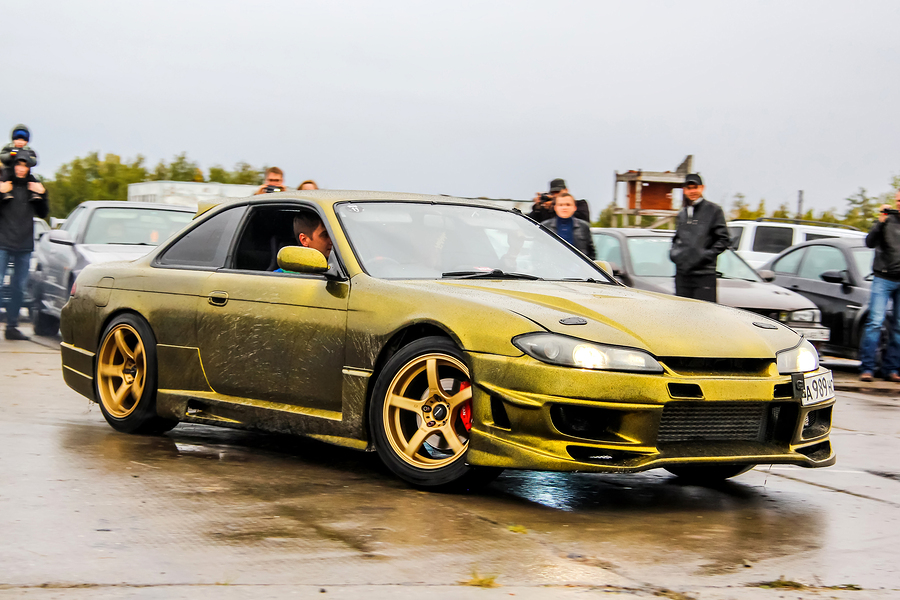The Love & Hate for the Nissan Silvia

Nissan Silvia 200sx S14 S15
Among all the Nissan models that have been rolled out by the Japanese automaker there has been one model that has been subjected to incessant changes over the decades so much so that what it once was and what it came to be cannot be linked if it was not for the ‘Nissan Silvia Badge’. This lean mean driving machine is a sport coupe that was constructed on the Nissan ‘S’ platform and believe us when we say that this particular model is not for the weak.
The first Nissan Silvia was the CSP311, the car was well received by on its debut at the Tokyo International Motor Show in 1964 and subsequently the 200SX S15 followed by the Varietta, which have in essence become collectibles due to their ‘bad boys’ traits amongst Japanese cars due to their, power, looks and handling making the Nissan Silvia Badge the badge of a Bad Boy. These bad boy traits go back to the first Nissan Silvia which was the CSP 311 that was released during the time under the Datsun mother ship.
These cars were attached to 1.6 L Nissan Engines that churned 96HP, however due to the manufacturing process that required each car to be fitted by hand piece by piece, only 600 units were ever produced and yeas these 600 units cost a ‘bomb’ these days. This happened with the fourth year after the first one rolled out, largely due to the fact that it was a time when assembly lines were expected by the masses to be ‘automated’ and the economic sense behind ‘hand built cars’ from Japan was not as attractive as it would be now.
Nevertheless, the engineers and management team of Datsun had a few tricks up their sleeve as the S10 which was mass produced drove out of their assembly lines as another bad boy car that was supposedly the Japanese response to the Western era when the infamous Pontiac Firebird, the Pinto, Ford Mustang, Lamborghini Miura, XI by Fiat, the Lancia Stratos and the Maserati Bora ruled the public tarmac.
The S10 came with rear wheel drive and was attached to an L-18 in-line four engine (1.8L) that sent the vehicle’s weight – power ratio completely out of whack making the Silvia S10 the perfect car for drifting which of course was not part of the decision making process of car buyers back then. One other reason that the S10 did not take off as well as they thought it would was due to the substitute products that was available in the market which besides the Western brands mentioned above was the Toyota Celica which grew enormously popular and once again the Silvia fell from grace.
However the Datsun marketing team unloaded iterations of the Silvia in both Canada and the United States as the 200SX and in Mexico as the Datsun Sakura with minor cosmetic changes until 1983 when the S12 was introduced to the masses and up to 1988 these models were rolled out with different specs due to exterior trims and engine tweaks that resulted in this second generation being labelled as the “Mark II” series.
The Mark IIs of the Silvia series came in not only the coupe version, but also in the form of hatchbacks which were growing in popularity due to the hatchback’s sport like outlook. The S14 made its debut in the 1990s, boasting a much lower sportier and wider framework coupled with elegant curves on the exterior made these cars an instant hit among car lovers.
The Silvia (S15) that followed was attached to an SR-20D.E.T engine that spat out 250 HP and largely considered by most as the most aggressive Silvia on the road which has been the core of Silvias. Viva la Silvia!